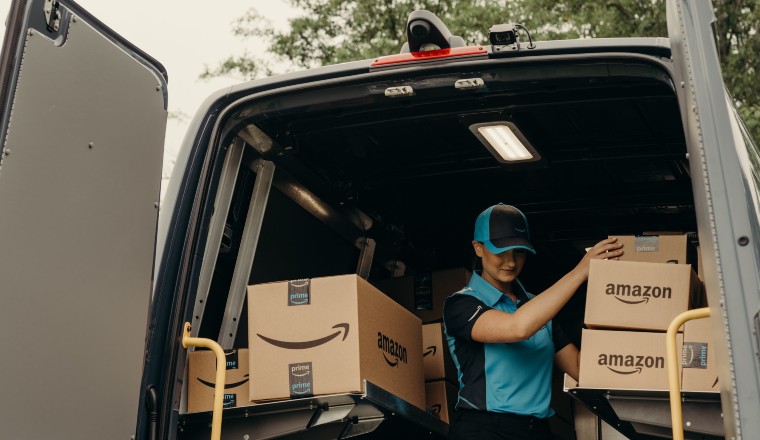
The important part to you is after the dash, the nX. Load in this order, as this is the order you will deliver.Īll of the packages in a single bag are in the same sort zone, on a yellow tag in the form "Xnn.n-nX" where X is a letter and n is a number. You'll have a list, either given by the DSP management or in your Flex app when scanning your load in, that will indicate your bag order. Is each bag supposed to be for a specific block/area of your route?Įxactly right. What are the deal with the bags? I've watched a lot of videos on this position and every driver has a bag full of Amazon boxes. Two hours a week doing rescues gets me an extra $75ish. At my DSP you get a $15 bonus for taking 15 stops off a driver who’s behind, plus your hourly rate.

So when I’m working, I want every minute on the clock I can get. I’m only here temporarily, I had some financial troubles with my small business so I’m doing this during the day to get back on my feet, I’ll be gone in a few months once my emergency fund is back in the green. It’s just like any other job, there’s a lot of people who do t want to be there or work any later than they have to. I do rescues at least twice a week, mainly because I offer to do them. It shows which order your bags will go in, and your trainer will show how to best organize them so you can move through the truck consecutively instead of picking from bags scattered everywhere. You’ll get a route sheet either printed out for you or texted to you by your boss before you leave.

It’s dummy proof and you’ll agree once you’re trained. After you’ve picked up your route, it’ll populate in your device and you just follow the GPS, stop by stop.

You’re given an Android phone with the software needed to work, they’ll go over that with you in training. There’s no rhyme or reason other than for organization sake. The route is separated into bags so you don’t have 250+ loose packages everywhere.


 0 kommentar(er)
0 kommentar(er)
